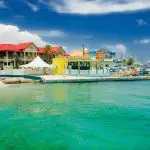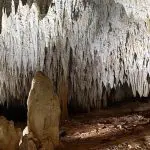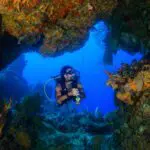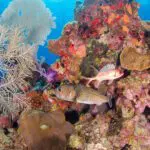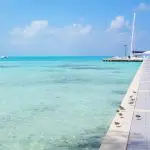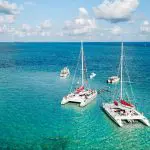Shipwrecks are often sites of human catastrophe, but they also provide incredible signs of the power of the natural world. Grand Cayman’s shipwrecks have become stunning artificial reefs; true hidden treasures of the deep.
The Kittiwake shipwreck offers all the sealife without the catastrophe, as it was sunk intentionally in 2011. Since then it has become a flourishing home to many and a highly renowned attraction.
In this blog, we introduce you to the incredible history of the wreck – of both human and sea life drama! If you feel inspired, come and join us on our 2-Tank Kittiwake Wreck Dive. Unusually for a wreck, snorkelling is also possible: read on to learn why.
Get in touch to learn more about the amazing Cayman experiences we offer at Red Sail Sports!
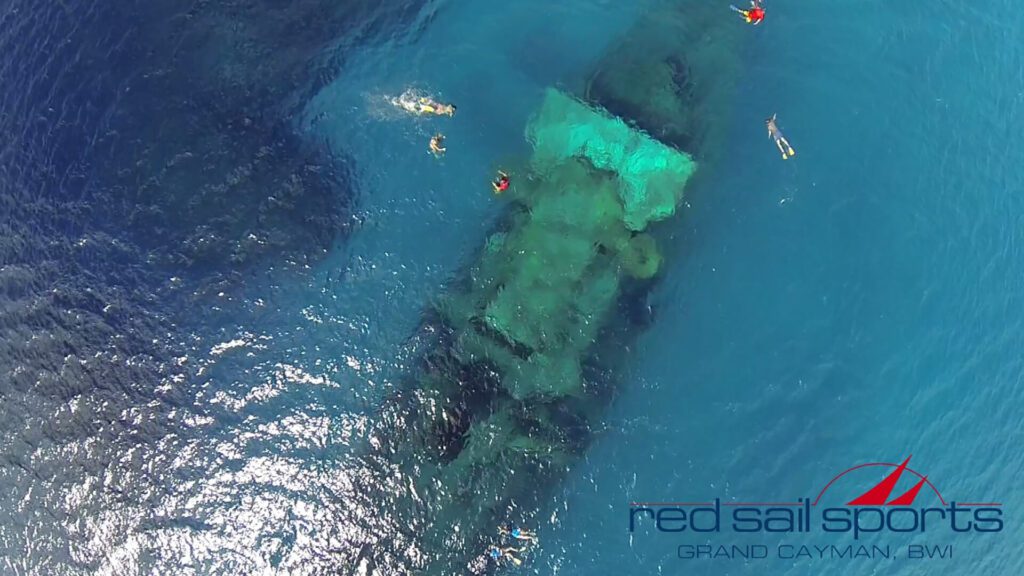
Kittiwake’s life as a rescue vessel
The USS Kittiwake started life as a US Navy submarine rescue vessel in 1946. It accompanied submarines and supported underwater rescue practices. A notable early mission was freeing the battleship Missouri in 1950, which ran aground on the Virginia Peninsula.
Due to a particularly high tide, and an old anchor that had become embedded in the side of the ship, the rescue mission was very difficult, with equipment and divers provided by the Kittiwake.
In 1963, the Kittiwake rescued 12 refugees fleeing Cuba, carrying them to safety at Key West. The ship was also used for training missions, and to guard new Polaris submarines. These were part of the nuclear-armed submarine-launched missile program.
After the mysterious disappearance of the USS Scorpion in 1968, the Kittiwake was part of the search mission. The USS Scorpion had been closing in on a Soviet submarine but later calls for help were not received until it was too late.
The reason for the wreck of the Scorpion is still left unexplained, but it has provoked many novels and books investigating the subject, and even a song by Phil Ochs. The Kittiwake also recovered the black box from the Space Shuttle Challenger disaster and was involved in an attack on a Greenpeace ship during a Navy Trident missile test in 1989.
All in all, the Kittiwake certainly saw a fair share of global geopolitical history!
The Kittiwake’s transfer to the Cayman Islands
The Kittiwake had been weakened by a collision in 1984 and was eventually decommissioned in 1994. It spent the next fifteen years awaiting final disposal in the National Defense Reserve Fleet on the James River in Virginia.
The ships on this river are referred to as a “ghost fleet”, potentially ready for use during national emergencies if needed but most awaiting scrapping or sale. They are also used for training.
However, Kittiwake escaped the fate of scrapping with the help of an idea from the Cayman Islands Tourism Association. Shipwrecks are excellent tourist attractions as they provide a diverse, accessible, and more ecological way to experience reef life.
The Kittiwake was the first US ‘ghost’ ship sold to a foreign government. It was first stripped of all toxic contaminants and had to be unexpectedly dry-docked for the cleaning to meet high international standards.
After this significant work and investment, the Kittiwake was finally towed to its final duty station on December 25, 2010: a Christmas present for the local dive industry! It was sunk in a way that ensured it remained almost perfectly upright.
For years, this meant that its top was within seven feet of the surface, so it is also easily accessible to snorkelers. Join us on our Kittiwake snorkelling tour to see more than 100 ft through Cayman’s clear waters and enjoy amazing views of the wreck.
However in 2017 when hurricane Nate came passed, the strong ground swell from the storm snapped the anchor chains causing the wreck to topple to its port side. The wreck was then closed for a couple of days until it could be assessed and made sure all was stable.
How did the Kittiwake wreck become a Cayman reef?
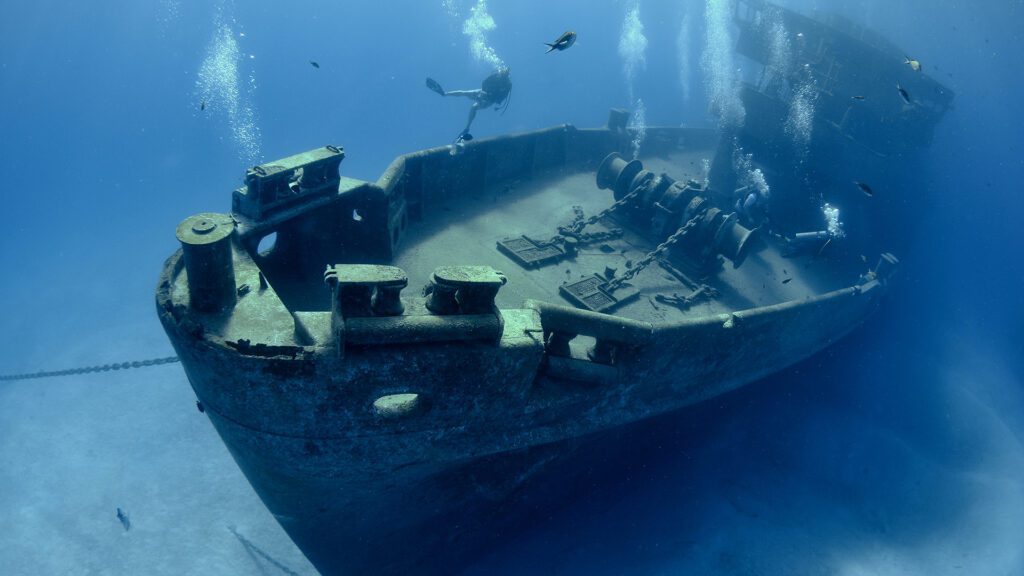
Humans have sunk items into the sea to attract fish since at least Ancient Roman and Persian times. From the 1970s, artificial reefs were purposely created in government programs to create new homes for a range of marine life.
Artificial reefs have been found to host important sea predators to keep ecosystems in balance and to lock up carbon dioxide. In fact, they attract more fish than natural reefs due to their height and resistance to erosion.
Height is important because plankton live close to the surface, and these attract small baitfish who not only can eat the plankton but also feel protected in the structures of the reef. These in turn attract larger fish and eventually eels and sharks.
Corals attach themselves to the hard surfaces of the wreck and together with algae and other invertebrates grow into a luxurious carpet of life. So, what does all of this mean for our Kittiwake?
Alongside coral and sponges, the Kittiwake hosts a huge diversity of fish: snappers, angelfish, grunts, anemones, and grouper. Look out for eagle rays, turtles, and the Cayman special: the nurse shark. These predators are essential to preserving the health of our reefs.
More unusual creatures that the reef has attracted include schooling horse-eye jacks, green eels, a giant barracuda, and arrow crabs. The jacks swim in beautiful, captivating schools while the barracuda will watch you with quiet intensity.
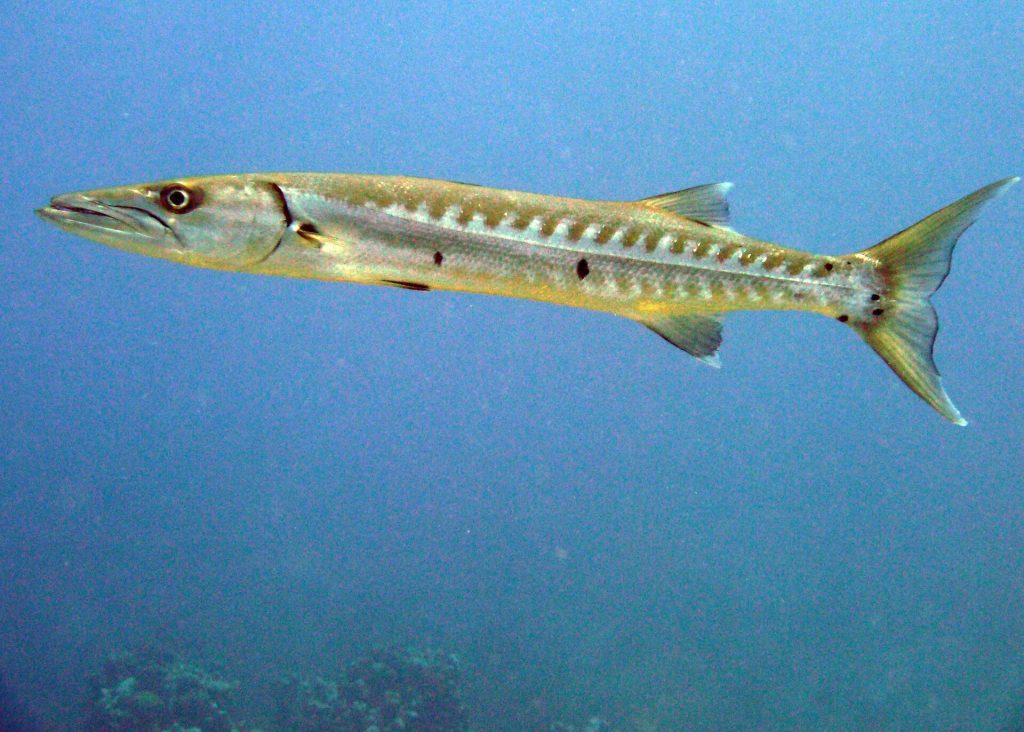
Now you are ready to explore the Kittiwake for yourself!
As you swim among the eerie and majestic remains of the Kittiwake, it is moving to imagine the history of human and ecological dramas it has seen through its years of life. Step out of the everyday and immerse yourself in the special, wild environment it has created.
If you’re interested in diving other shipwrecks, check out our guide to Cayman shipwreck dives here. Get in touch with us for more local information, history, and ideas to make your vacation the best yet.

